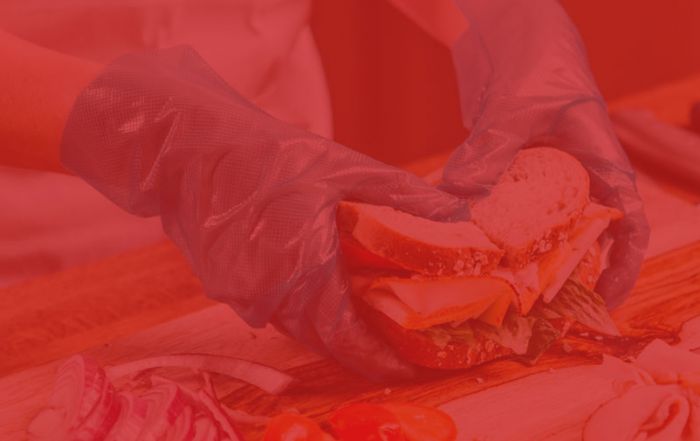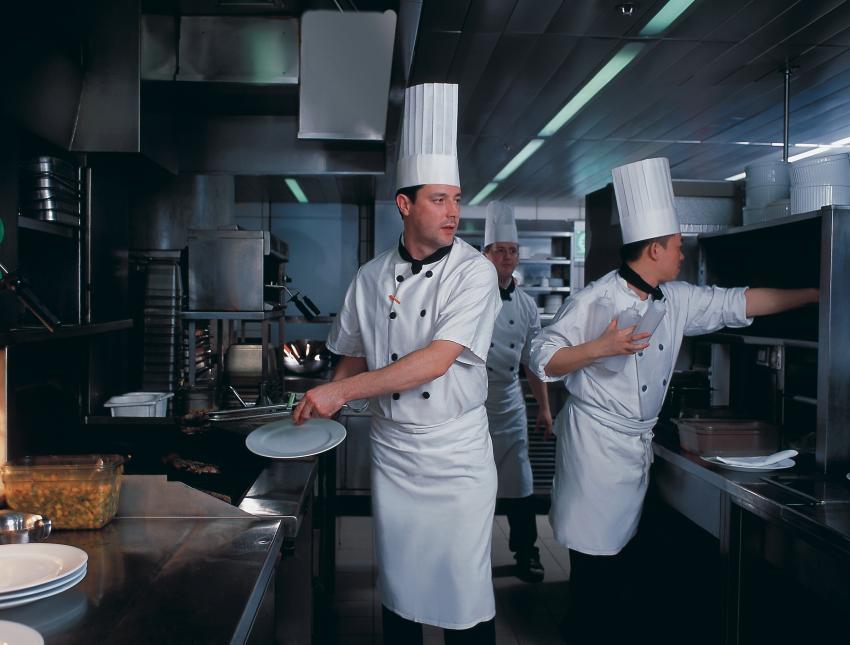Reducing Waste, Raising Safety: Smart Strategies for Managing Food Waste
In the face of increasing food prices and an ever-increasing demand for foodservice operations to reduce the amount of food wasted, foodservice operators are increasingly looking to implement and develop programs to help stem the amount of food wasted in their businesses.
Across all sectors of the food supply chain, the Food and Agriculture Organization of the United Nations has estimated approximately 32% of all food produced in the world is lost or wasted. In the foodservice industry, 85% of the unused food is thrown out, only a small amount is recycled or donated.
Managing food waste effectively while maintaining high food safety standards can be challenging, but it’s a crucial part of running a sustainable and customer-centric foodservice business. While it may not be evident at first glance, food waste and food safety are closely related. When food is discarded improperly or not stored correctly, it can lead to contamination, pest infestations, and the spread of harmful bacteria. Improper disposal of food waste also increases the risk of cross-contamination between raw and ready-to-eat foods.
Managing food waste efficiently involves balancing the need to minimize waste with the responsibility of ensuring food safety. Foodservice operators must make sure that food is discarded safely, and that they are not creating unsafe conditions in the process.
One of the most important steps in managing food waste is proper food storage. Make sure to have a standard operating procedure for storing leftover food or surplus ingredients. This involves using the FIFO (first in, first out) method; ensuring older products are used first helps. Keeping track of expiration dates is also key in this regard.
When storing leftovers, ensure they are sealed in air-tight containers to maintain freshness and prevent contamination. Label containers with dates and contents to ensure they are used in a timely manner.
Over-ordering ingredients and large portion sizes are common contributors to food waste. By adopting portion control techniques, foodservice operators can reduce waste and help ensure that food safety is maintained.
While some food waste is inevitable, it’s essential to dispose of it properly. Recycling and composting food waste not only minimizes landfill waste but can also improve the overall hygiene and safety of your operation.
For food scraps that can’t be repurposed, composting offers an environmentally friendly way to dispose of waste. However, composting needs to be done properly to avoid attracting pests and creating unsanitary conditions. Designating separate bins for food waste, recyclables, and general trash helps ensure that food waste is properly discarded, minimizing contamination risks in the process.
…Food donation laws vary by region, so foodservice businesses should stay informed about local rules regarding food donations, including food safety protocols for donors.
In many cases, surplus food can be donated to local charities or food banks. However, donating food comes with its own set of food safety considerations. Operators must adhere to food safety guidelines to ensure donated food remains safe for consumption.
Food donation laws vary by region, so foodservice businesses should stay informed about local rules regarding food donations, including food safety protocols for donors. The health inspector is always a great place to start with questions related to the laws in your local area.
An often-overlooked aspect of food waste management is training staff to handle food properly. Employees should be well-versed in food safety protocols, including safe food handling, storing, and discarding practices. Regular staff training can help reduce food waste while maintaining high standards of food safety. Encouraging staff to be mindful of waste, whether by reusing ingredients or taking steps to reduce excess waste, can lead to significant improvements in both food safety and waste management practices.
Managing food waste while maintaining food safety is a delicate balance in retail foodservice operations. By implementing effective storage, portion control, recycling, and donation strategies, foodservice businesses can reduce waste without compromising the safety of the food they serve. Risk Nothing.
READ MORE POSTS
Greens & Spinach – Please Lettuce Be Safe to Eat
According to the new food nutrition pyramid, we are to eat at a minimum, around 3 cups of dark green vegetables along with other servings of fruits and vegetables each week. That is becoming more difficult as outbreaks such as E. coli 0157:H7 creates bad news for the produce industry, not to mention the victims.
Refrigeration Tips to Keep Your Food Safe
A refrigerator is one of the most important pieces of kitchen equipment for keeping foods safe. In a food service environment, our existence depends on the cooling equipment. The science of refrigeration has evolved from prehistoric times when man found his wild game would last longer packed in the coolness of a cave or packed in snow. Our ancestors harvested ice to keep food cold. Now, if the power goes off, we are instantly reminded of the refrigerator’s importance to our daily life, at home and certainly in a food service facility.









